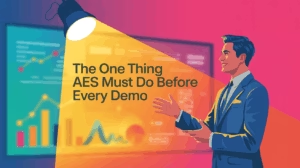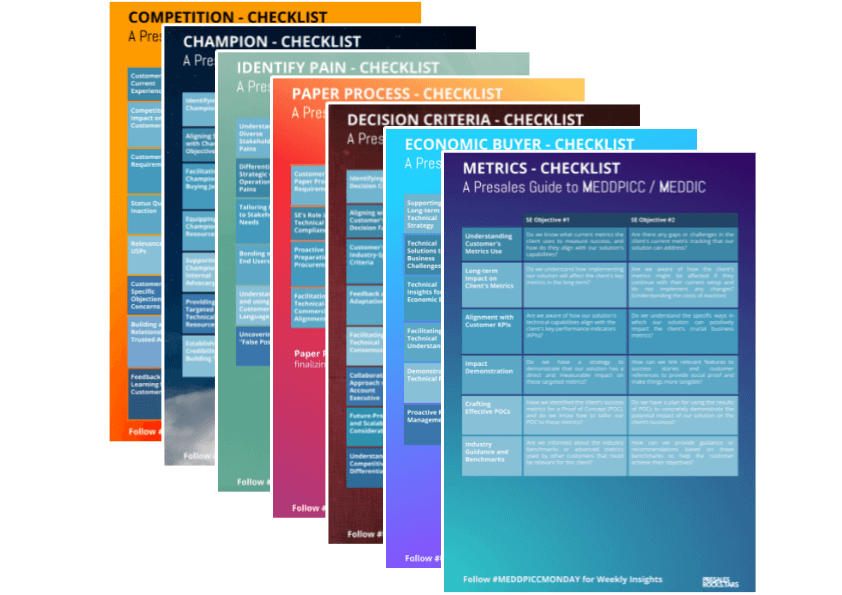A successful demo is more than just a chance to show off your tool. It’s a strategic opportunity to move your prospect forward in the sales process.
But here’s the problem: too many demos end with a polite “Thanks, we’ll get back to you,” and no clear next steps.
So, how do you make sure your demo doesn’t lead to a dead end?
The key lies in what you do before the demo even starts.
A Demo Is a Give-and-Get Exchange
A demo isn’t something you do for the sake of it or simply to showcase your features. It’s a give and get exchange.
You GIVE the customer valuable insights into your solution, and in return, you GET a clear agreement on the next next step.
This isn’t just about immediate next steps—it’s about keeping the momentum going and ensuring the prospect advances in the buying process.
Align Expectations Before the Demo
To make this happen, you need to align on expectations upfront. Before the demo, ask your customer:
- “What do you want to achieve from this session?”
Understanding their goals ensures you can tailor the demo to their needs.
But don’t stop there—propose what you’d like to get out of the demo as well.
For example:
- “If you’re happy with the demo, would you mind introducing me to your manager?”
- “If this aligns with your expectations, could we move forward with the supplier onboarding process?”
Why the Next Next Step Matters
This mutual agreement on the next next step sets the stage for a purposeful demo.
It ensures both you and the customer are aligned on:
- What success looks like
- What happens afterward
If the customer agrees, you’ve paved the way for further engagement.
If they hesitate or push back, it’s a potential red flag that they may not be serious. This clarity helps you avoid wasting time on leads that aren’t ready to move forward.
Why Demos Fail
One of the biggest reasons demos fail is a lack of alignment on expectations.
Without a clear goal, demos can quickly turn into “show up and throw up” sessions.
This is where you overwhelm the customer with features and information without addressing their real needs.
The result? The dreaded, “We’ll get back to you,” leaving you stuck in limbo with no clear path forward.
End with a Clear Conversation
To avoid this, your demo should end with an open, transparent conversation.
Use the final minutes to confirm whether the customer is ready to proceed with the agreed plan.
- If they say yes, great—you’ve successfully advanced the opportunity.
- If they say no, that’s still a win.
Why? Because you can disqualify the lead and focus your efforts on prospects who are truly ready to engage.
A clear “no” is far better than a pipeline full of zombie leads that never go anywhere.
Demo Success Formula
The formula for demo success is simple:
1️⃣ Set expectations upfront.
2️⃣ Mutually agree on the next next step.
3️⃣ Save time at the end of the demo to align on whether to move forward or not.
This approach ensures your demos are purposeful and productive, leading to meaningful progress in the sales process.
Final Thoughts
By being intentional about your demo goals and maintaining clear communication with your customer, you can turn demos into powerful tools for advancing deals—not dead ends.
What’s your strategy for ensuring demos lead to further engagement? Share your tips in the comments! 🚀





